Last supper in Pompeii at the Ashmolean Museum, Oxford
Mosaic of a skeleton holding two wine jugs or askoi, First century AD © Archaeological Museum Naples
OXFORD - When the ash from Mount Vesuvius began raining down on Pompeii in AD 79, people in and around the town were engaged in typical Italian activities – eating, drinking and producing food. Located in the sunny paradise of southern Italy, Pompeii was sandwiched between lush vineyards and fertile orchards to one side and the bountiful waters of the Bay of Naples on the other. The town produced more wine, olive oil and fish-sauce than it could consume, and exported its gourmet products across Italy. Everything from the exquisite mosaics from the villas of the wealthy to the remains found in kitchen drains reveal what the people of Pompeii ate and drank. LAST SUPPER IN POMPEII explores this ancient Roman love affair with food (and wine), showing where the Romans got their culinary inspiration and how they exported sophisticated ingredients and recipes across the empire, as far afield as Britain. Many of the 300 objects, on loan from Pompeii and Naples, have never before left Italy. They range from the spectacular furnishings of the Roman dining room to actual food which was carbonized as the volcano erupted.
Marble statue of Bacchus with a panther, AD 50–150, From the ruins of a temple in Piacenza, Emilia-Romagna, 180 x 64 x 38 cm © Museo Archeologico Nazionale di Napoli
Pompeii, exactly as it was in AD 79, has vanished. In the years after the disaster, survivors returned to recover what they could and looters made off with more. Excavations in the 18th century brought much to light but were conducted without the benefit of modern techniques, and heavy-handed reconstructions were of variable benefit. On top of this, a hail of different sorts assaulted the city again in the allied bombings of 1943. Yet Pompeii remains an archaeological miracle – one of the most visited historic sites on the globe and our most important portal to the ancient Roman world. Dr Paul Roberts, Head of the Department of Antiquities and exhibition curator, says: ‘The evocative names given to the excavations (the Villa of the Mysteries; the House of the Tragic Poet) have inspired everything from Victorian exhibitions, swords-and-sandals romances to countless scholarly works. Our fascination with the doomed people of Pompeii and their everyday lives has never waned. What better connection can we make with them as ordinary people than through their food and drink?’
Fresco wall panel showing the distribution of bread, AD 40–79, Pompeii, House of the Baker, 69 x 60 cm © Museo Archeologico Nazionale di Napoli
The exhibition shows the extent to which the Romans actually inherited their ‘Roman’ culinary ideas from other cultures. Just as the empire absorbed land across the Mediterranean, so were the Romans voracious and enthusiastic consumers of customs and traditions, successfully incorporating the practices and foodstuffs of conquered peoples. The use of food in religion was clearly influenced by the Greeks, Etruscans and other Italian peoples. Recent discoveries just outside the city of Pompeii, in the sanctuary of Fondo Iozzino (6th–1st centuries BC), have revealed the presence of Etruscans settling far from their northern Italian homeland as far south as Pompeii. In the worship of their gods, the Etruscans made offerings of food and wine and left every conceivable piece of kitchen and table equipment in tombs. On their burial chests they portrayed themselves as reclining banqueters, dining well in the afterlife. From further south, at the Greek city of Paestum, come painted tomb panels, decorated with images of food and drink; and even offerings of artificial terracotta food including pomegranates, grapes, figs, almonds, cheeses, and focaccia bread. In Pompeii, preserved by the eruption, we find the remains of food offered to the Lares (household gods) – nuts, fruit, eggs and animal bones. Private offerings to the gods and feasting with the dead were practices which had become woven into daily life.
Still life wall panel fresco showing a cockerel pecking at figs, pears and pomegranates, AD 45–79, Pompeii, House of the Chaste Lovers, 55 x 52 cm © Parco Archeologico di Pompeii
In addition to this rich inheritance, the fertile location of the city and its surroundings rewarded Pompeii with abundant produce. There were some eighty farms and vineyards around the town, including several in and around Oplontis just north of the city, also buried by the eruption of AD 79. In addition to the lavish Villa of Poppea (Nero’s second wife), another establishment, Villa B, functioned as a large emporium for food and drink where literally a ton of pomegranates and thousands of amphorae have been uncovered, upside down ready for the year’s harvest. Furthermore, as much as twenty percent of Pompeii itself was under cultivation in kitchen gardens and small vineyards, many of which served the city’s numerous bars and restaurants - tabernae, cauponae and popinae in descending order of respectability. The Ashmolean’s Conservation Department has analysed a group of pots and pans from one of these taverns, revealing the day-to-day workings of a ‘pub’. Establishments such as these served citizens of Pompeii at all levels, but perhaps especially those whose modest homes afforded little space for food preparation.
Marble fountain figure of a seated cupid wearing an animal skin filled with fruit, with traces of polychromy surviving, 50 BC–AD 50, Pompeii, 26 x 21 cm © Parco Archeologico di Pompeii.
In the homes of wealthier Pompeians, we find some of the most interesting and enduring images of the Roman banquet, particularly the triclinium or dining room from the Greek “room of three couches”. This space, more than any other, shows the debt which Roman culture owed to Greece, from the triclinium’s name and décor, the food and wine served in it, to the famous custom of reclining to eat. The exhibition will recreate the atmosphere of a Pompeian dining room with the frescoes from one of the city’s grandest houses (the House of the Golden Bracelet); beautiful mosaics from triclinium floors; silver dinnerware; and elaborate furnishings like the four-foot statue of Apollo made to bear a tray for favoured diners.
Fresco wall panel showing a dinner party with painted messages: FACITE VOBIS SUAVITER EGO CANTO and EST ITA VALEAS (make yourselves comfortable; I am singing; go for it!), AD 40–79, Pompeii, House of the Triclinium, 68 x 72 cm © Museo Archeologico Nazionale di Napoli
From these salubrious surroundings, the exhibition proceeds to the less-than savoury kitchens. Nothing here was ever touched (nor hardly ever seen) by the master and his family. Instead, slaves would tend the hearth and prepare food using an array of vessels and utensils which are familiar to modern cooks. Steam-cookers; colanders; animal shaped moulds; baking trays; pestle-andmortars; and portable ovens for al-fresco cooking have all been excavated from the kitchens of Pompeii. In a grand house slaves would have access to a piped water supply, but even in the richest homes, the kitchen was a small, dark and very dirty place. The location of the household latrine, often right in the kitchen, is astonishing to modern sensibilities. Recent research and excavations of latrine deposits have, however, brought to light fascinating details about the ancient Roman diet. Amongst the finds are the jaw of a dormouse and the bones of a songbird – luxury menu choices that might have fallen foul of Roman sumptuary laws. Other carbonised remains reveal a Mediterranean diet which is still eaten today: olives, nuts and pulses, fruit and seafood.
Polychrome mosaic emblema (panel) showing fish and sea creatures, 100–1 BC, Pompeii, House of the Geometric Mosaics, 103 x 103 cm © Museo Archeologico Nazionale di Napoli
Tasty ingredients such as these began making their way to Britannia after the invasion by the emperor Claudius in AD 43. Burnt deposits from the Boudiccan uprising (AD 60–1) show the surprising extent of culinary imports from the continent and far reaches of the empire including olives, dates from the near-east and pepper from India. A whole range of new plants and even animals were brought to Britannia – everything from cherries, cabbages, carrots to rabbits. Fish and the famous fish sauce or garum, were both imported from the south of France and even North Africa. Wine was bought from France, Italy and Germany, but the most popular drink was beer and new finds from Roman London show a beer industry thriving only ten years after Boudicca, with records of brewers, coopers and pub landlords. The wealthiest Britons chose to follow Roman dining customs, reclining in dining rooms with frescoed walls, mosaic floors and fine furniture. Under the empire, food in Britain came to play an important role in religion and in death. Some important finds have been made in Chester where tombstones show the deceased as reclining banqueters. One particularly fine example is the gravestone of a woman called Dinysia (named for Dionysus) who is shown relaxing on a couch, wine cup in hand as if toasting her mourners.
Bronze fountain spout in the form of a seated fisherman holding a fishing rod, 50 BC–AD 50, Pompeii, House of the Small Fountain, 54 cm high © Museo Archeologico Nazionale di Napoli
The exhibition closes by reminding us that the diners of Pompeii were on borrowed time. The final story is that of the now-famous ‘resin lady’ of Oplontis. She was almost certainly a member of the family that owned the great emporium. She would have dined in the fine apartments above the warehouse and would have hoped, having lived a long life, to spend the afterlife with loved ones surrounded by the accoutrements of a banquet. Instead, she was found amongst 60 people who had taken refuge in one of the storerooms. To judge by their possessions, they included both the owners and the slaves and farm workers they employed. The ‘resin lady’ had with her gold and silver jewellery, a string of cheap beads (perhaps a memento) and a door key. She hoped to return home, but never did.
Fresco wall panel showing Isis Fortuna protecting a man flanked by the agathodaemones (protective serpents), with painted message: CACATOR CAVE MALU[m] (‘shitter beware the evil [eye]’), AD 40–79, Pompeii, 68.7 x 80.3 cm © Museo Archeologico Nazionale di Napoli
Dr Xa Sturgis, Director of the Ashmolean, says: ‘It is a tremendous privilege to be able to show these extraordinary treasures, many for the first time in the UK. The generosity of the lenders, particularly the Parco Archeologico di Pompei, the Museo Archeologico Nazionale di Napoli, Parco Archeologico di Paestum who have lent remarkable and precious objects, has made this exhibition possible. LAST SUPPER IN POMPEII promises a delicious glimpse into the world of Pompeii and Roman Britain, from the filthy kitchens, the shops and bars, to the triclinium banquets. In the food-obsessed culture of today, there is scarcely a better topic that can help us make a connection with the people of the ancient world.’
25 JUL 2019 - 12 JAN 2020
Garden-themed fresco wall from the House of the Golden Bracelet, Pompeii, AD 1–50, 278 x 178 cm © Parco Archeologico di Pompeii
Blue glass cup with white speckles, 50 BC–AD 50, Pompeii, 6.2 x 9.4 cm diameter © Parco Archeologico di Pompeii
Bronze fulcrum (couch end) in the form of a horse’s head, AD 50–100, Origin unknown, Bronze with silver inlay highlights, 15 cm high © Ashmolean Museum, University of Oxford
Marble oscillum (circular relief) showing a satyr pouring wine into a calyx krater (vessel for mixing wine and water), 50 BC–AD 50, Findspot unknown,Diameter 35.9 cm,Private collection.
Still life wall panel fresco showing a rabbit nibbling at figs, AD 40–79, Pompeii, 35 x 42 cm © Museo Archeologico Nazionale di Napoli.
The body of a woman in her early-30s, preserved in transparent epoxy resin, AD 79, 190 x 120 cm max, Villa B, Oplontis © Parco Archeologico di Pompeii.
Rhyton (drinking or pouring vessel) in the form of a cockerel,AD 1–79, Pompeii, House of the Venus in a bikini, 31.5 x 34.5 cm © Parco Archeologico di Pompeii.
Bronze reclining satyr from the rim of a vessel, 500–400 BC, Possibly from Chiusi, Tuscany, 4.5 x 6.8 cm © Ashmolean Museum, University of Oxford.
Marble head of Serapis wearing a modius (grain measure), AD 180–200, 43 x 22 cm, Walbrook Mithraeum, London © Museum of London.
Gilded silver cups decorated with repoussé olive, vine and myrtle sprays (left to right), 50 BC–AD 150, © Ashmolean Museum, University of Oxford.
Monochrome mosaic panel of a skeleton holding two wine jugs, AD 1–50,Pompeii, House of the Vestals,91 x 70 cm © Museo Archeologico Nazionale di Napoli.
Bronze strainer, 500–300 BC, 25.5 cm long, diameter 12.5 cm, Findspot unknown © Ashmolean Museum, University of Oxford,
Terracotta votive food: pomegranates (open and closed); grapes; figs; almonds; cheeses; focaccia; honeycomb; mold; long bread, 360 BC, Tomb 11, Contrada Vecchia, Agropoli © Parco Archeologico Di Paestum.
Gold, silver and bronze ithyphallic tray bearer in the guise of a placentarius (pastry seller), 100 BC–AD 79, Pompeii, House of the Ephebe,25.4 x 15 cm © Museo Archeologico Nazionale di Napoli.

/https%3A%2F%2Fprofilepics.canalblog.com%2Fprofilepics%2F1%2F0%2F100183.jpg)
/https%3A%2F%2Fstorage.canalblog.com%2F03%2F02%2F119589%2F96711876_o.jpg)
/https%3A%2F%2Fstorage.canalblog.com%2F11%2F31%2F119589%2F94773502_o.jpg)
/https%3A%2F%2Fstorage.canalblog.com%2F20%2F83%2F119589%2F94772815_o.jpg)
/https%3A%2F%2Fstorage.canalblog.com%2F26%2F72%2F119589%2F75604929_o.jpg)
/https%3A%2F%2Fstorage.canalblog.com%2F59%2F60%2F119589%2F26458628_o.jpg)

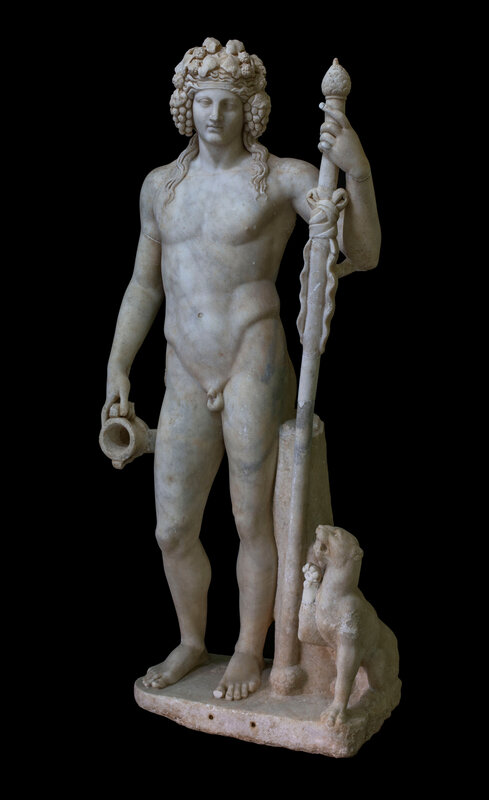
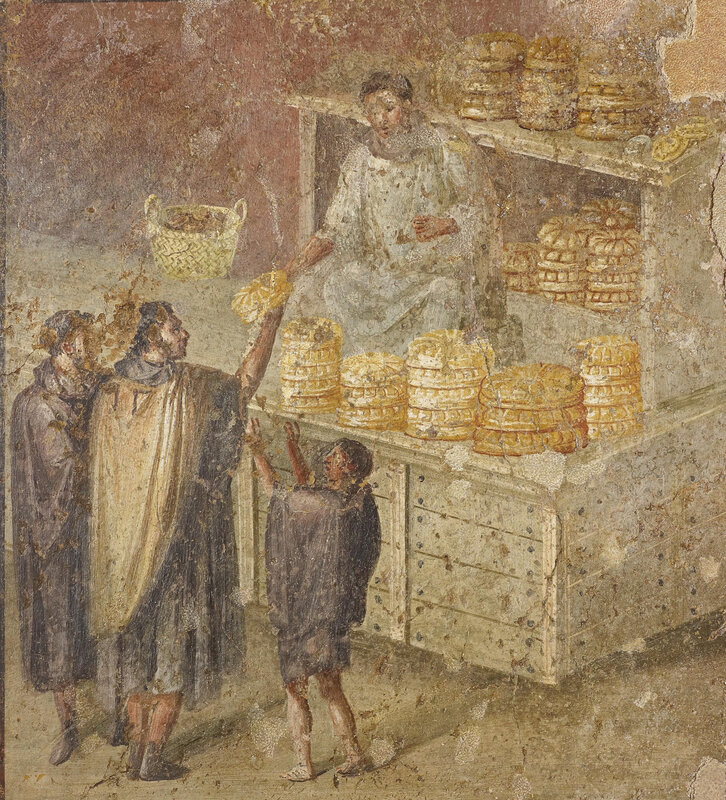
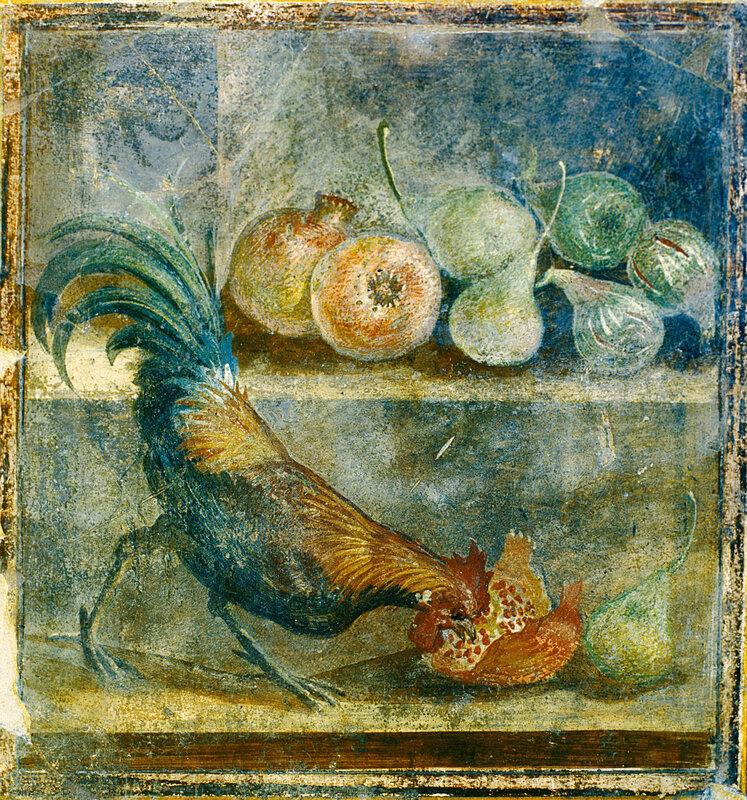



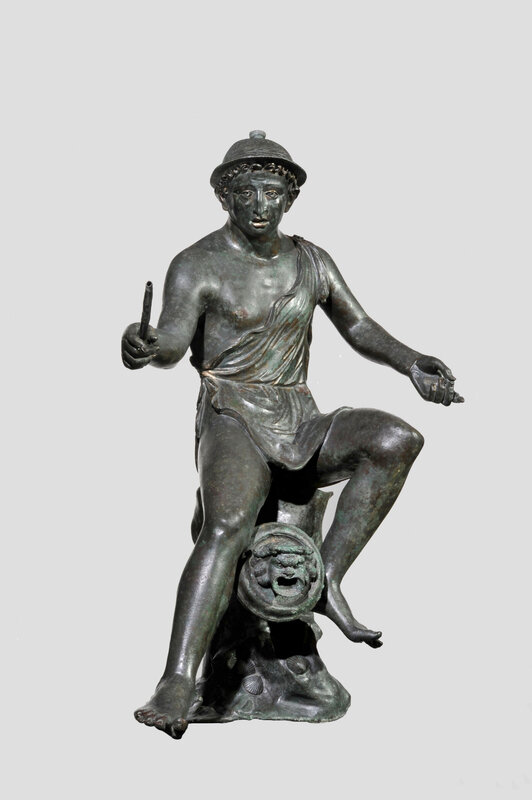




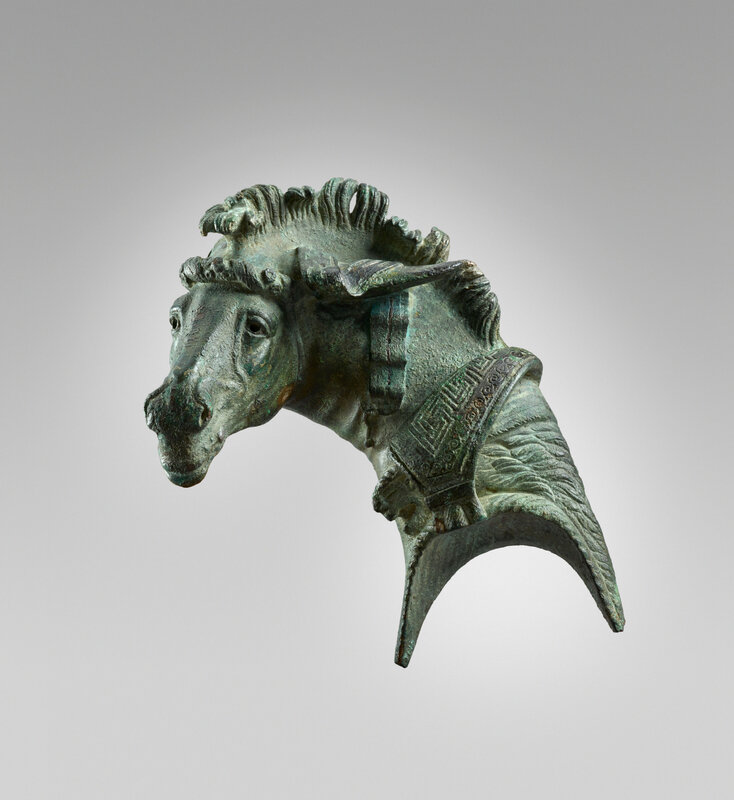





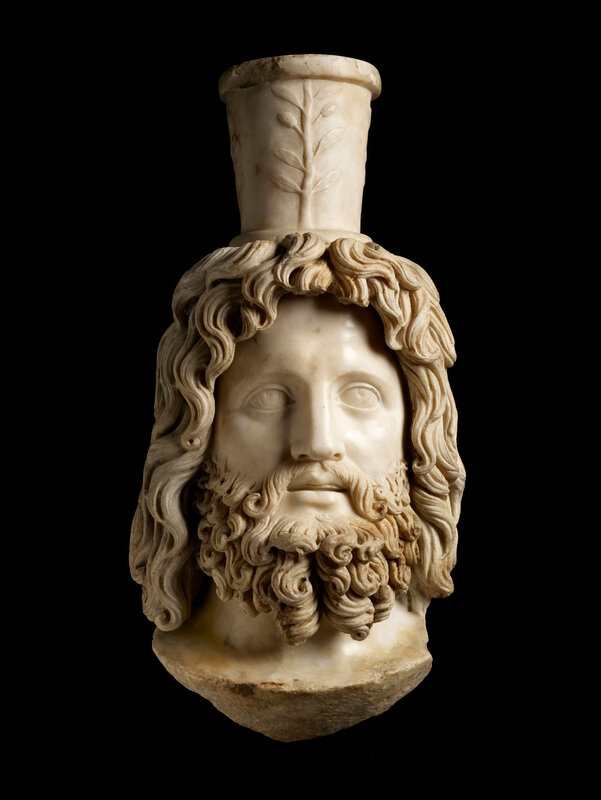
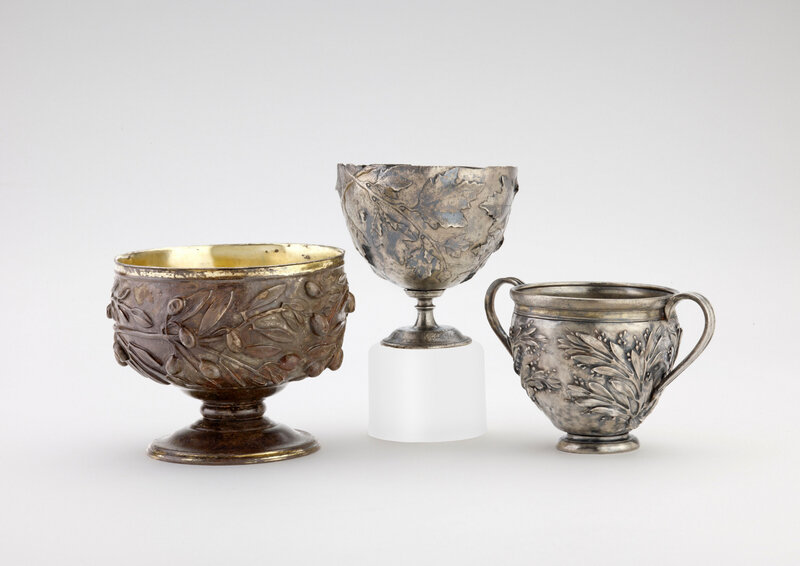






/http%3A%2F%2Fstorage.canalblog.com%2F63%2F52%2F577050%2F39000196_p.jpg)
/http%3A%2F%2Fstorage.canalblog.com%2F47%2F59%2F577050%2F38854032_p.jpg)
/image%2F1371349%2F20240426%2Fob_dcd32f_telechargement-32.jpg)
/image%2F1371349%2F20240426%2Fob_0d4ec9_telechargement-27.jpg)